
Deep-Sea Dilemma
Mining the ocean floor could solve mineral shortages – and lead to epic extinctions in some of the most remote ecosystems on Earth.
Recommendation
In 1972, ecologist Hjalmar Thiel boarded a ship with the goal of studying meiofauna – tiny organisms that populate the sediment at the bottom of the ocean. Thiel’s shipmates had a different goal: mining the ocean floor for rare minerals and metals. Thiel says the miners aboard “were nearly ready to drown me,” when he argued for concerns about harm to the ocean’s fauna. Thiel’s 1989 “DIS-turbance and re-COL-onization experiment” (DISCOL) proved his concerns were legitimate. Ocean mining never quite took off, but Olive Heffernan’s Nature article suggests that its time has finally come.
Summary
About the Author
Olive Heffernan is a science writer and lecturer covering climate change, the ocean, peer review and science communication. Her work has appeared in Nature, Scientific American, National Geographic News, Yale Environment 360 and BBC magazines.


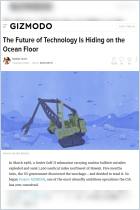
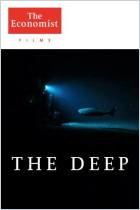
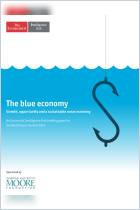

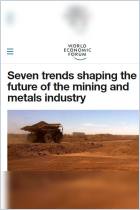
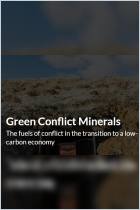
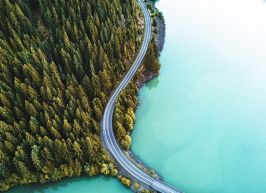
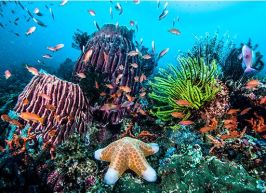


Comment on this summary